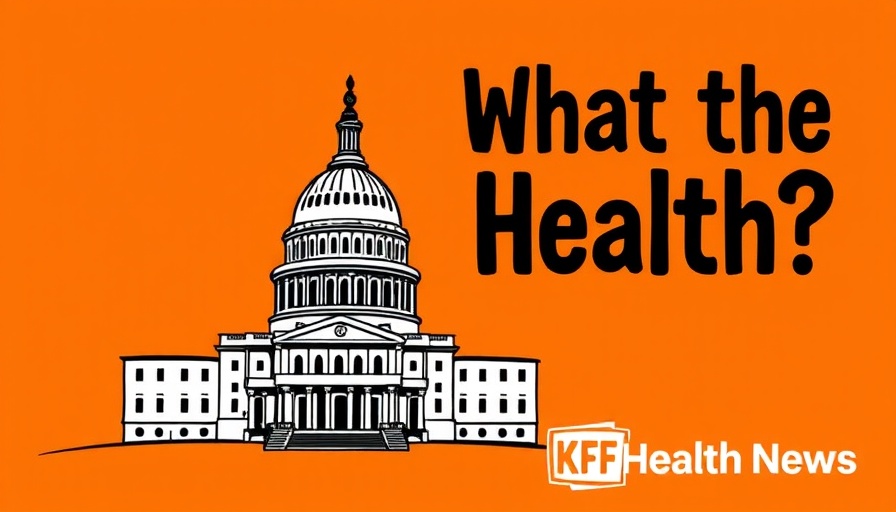
The Hidden Danger: Hospitals at Flood Risk
In the current era of climate change, hospitals across the United States find themselves increasingly vulnerable to flood risks. A recent investigation by KFF Health News has identified more than 170 hospitals at significant risk of flooding, affecting nearly 30,000 patient beds nationwide. While coastal areas like Florida and Texas are often highlighted for their dangers, many inland hospitals, particularly in Appalachia, are equally at risk from severe storms and rising river levels.
Unexpected Vulnerabilities
For instance, in Charleston, West Virginia, it has been projected that an intense storm could inundate five of the city’s six hospitals, with potential floodwaters reaching up to ten feet. Despite being located outside designated flood hazard zones by FEMA, many of these hospitals still face grave flood threats, illustrating a critical gap in emergency preparedness and response measures across the healthcare sector.
Preparedness in Question: Are Hospitals Ready?
Some hospitals are proactively engaging in flood preparedness, such as the Charleston Area Medical Center that has introduced deployable floodwalls. However, healthcare systems like Covenant Health, which oversees Peninsula Hospital in Tennessee, have not fully disclosed their emergency plans in light of rising flood risks, leading to concerns voiced by healthcare experts.
The Importance of Comprehensive Risk Awareness
According to Caleb Dresser, an emergency room physician and climate change researcher, a shocking one-third of the hospitals identified are situated outside FEMA's traditional flood hazard zones. This lack of awareness significantly hampers the ability of healthcare facilities to adequately prepare for crises, and underscores the necessity for updated flood risk assessments that take climate change into account.
Looking Ahead: The Future of Flood Risk Management
As climatic conditions worsen and studies indicate that heavier storms are increasingly common, the implications for healthcare infrastructure are dire. Hospitals must advance their emergency planning and response mechanisms to protect vulnerable populations. Given the predictions indicating that even a minor flood could cripple a facility, immediate action is necessary to reassess risks and make proactive adjustments that ensure patient care continuity in emergencies.
With these new revelations, it’s encouraged for both healthcare providers and government agencies to reevaluate flood preparedness efforts, including strategies for elevating critical infrastructure to withstand future storm events. The consequences of inaction are stark: lives may be at stake as weather patterns become more unpredictable and severe.
In light of these findings, it’s essential to promote awareness about hospital flood risks among healthcare providers and communities, pushing for enhanced standards and practices to safeguard health services against the looming threat of climate change.
 Add Row
Add Row  Add
Add 




Write A Comment